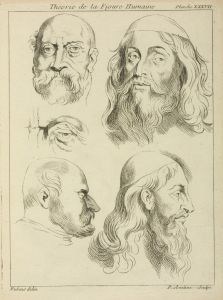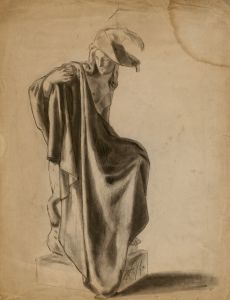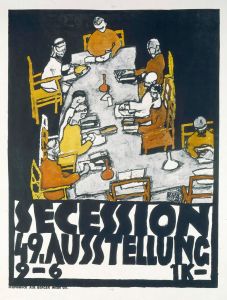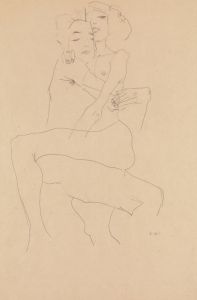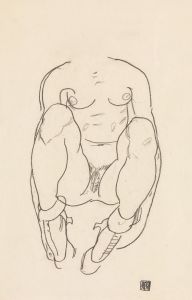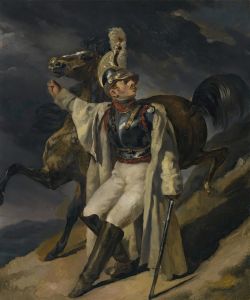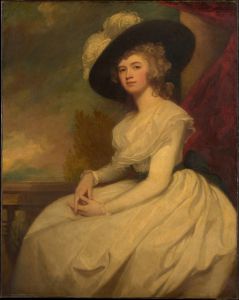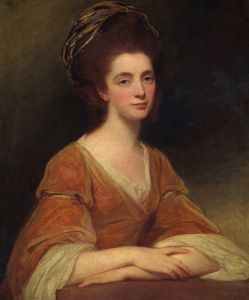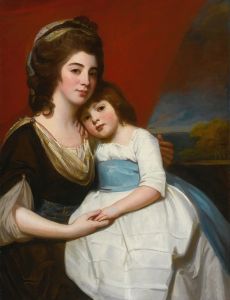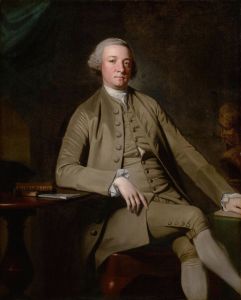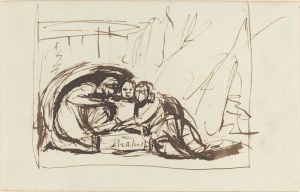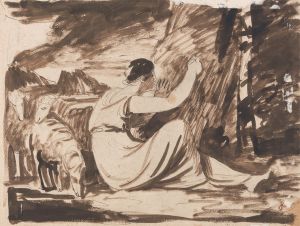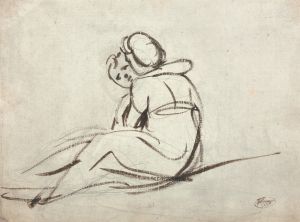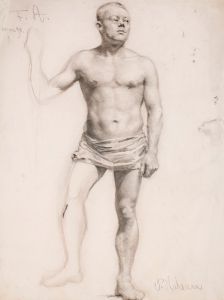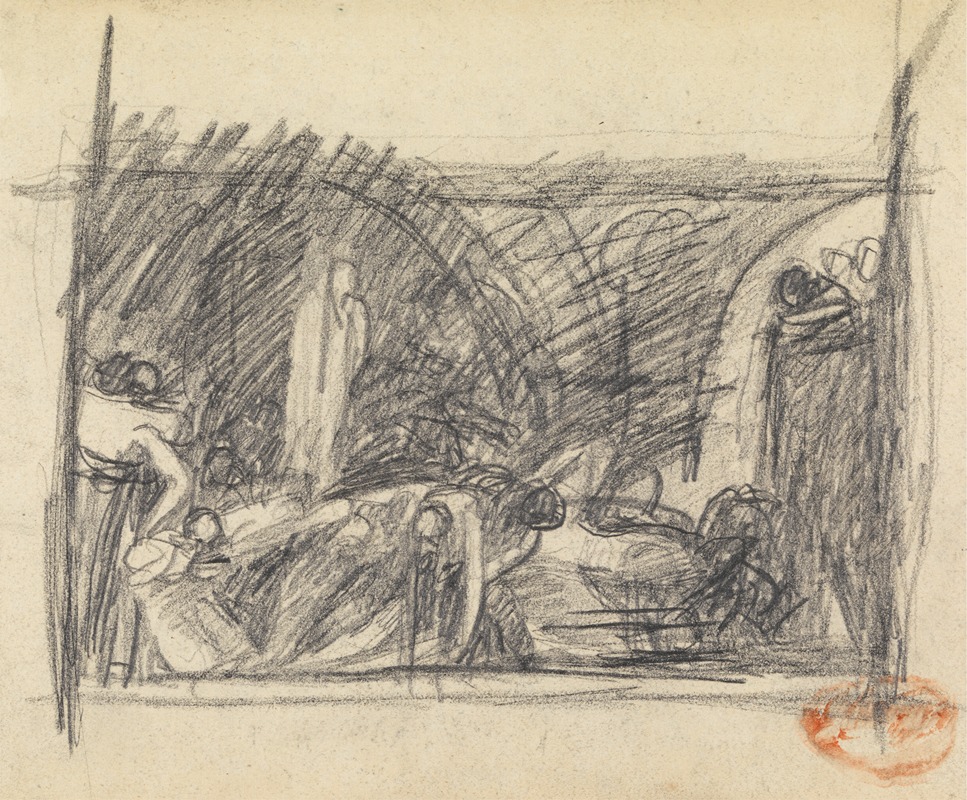
Figure Composition Study
A hand-painted replica of George Romney’s masterpiece Figure Composition Study, meticulously crafted by professional artists to capture the true essence of the original. Each piece is created with museum-quality canvas and rare mineral pigments, carefully painted by experienced artists with delicate brushstrokes and rich, layered colors to perfectly recreate the texture of the original artwork. Unlike machine-printed reproductions, this hand-painted version brings the painting to life, infused with the artist’s emotions and skill in every stroke. Whether for personal collection or home decoration, it instantly elevates the artistic atmosphere of any space.
George Romney was an eminent English portrait painter, known for his works during the late 18th century. One of his lesser-known works, "Figure Composition Study," exemplifies his skill in capturing the human form and exploring compositional techniques. While specific details about this particular study are scarce, it is representative of Romney's broader artistic endeavors and his contributions to the art world during his time.
Romney was born in 1734 in Dalton-in-Furness, Lancashire, and he began his artistic career as an apprentice to a cabinet maker. He later studied under the portrait painter Christopher Steele, which laid the foundation for his future success. By the 1760s, Romney had established himself as a prominent portrait artist in London, rivaling contemporaries such as Joshua Reynolds and Thomas Gainsborough.
"Figure Composition Study" likely served as an exercise in exploring the arrangement of figures within a composition, a common practice among artists seeking to refine their skills and experiment with different artistic ideas. Such studies were crucial for artists like Romney, who sought to master the depiction of the human form and the dynamics of group compositions. These exercises allowed artists to experiment with posture, proportion, and the interplay of light and shadow, all of which were essential elements in creating compelling and lifelike portraits.
Romney's work is characterized by its elegant and graceful portrayal of subjects, often capturing the subtleties of expression and the nuances of character. His ability to convey the personality and status of his sitters made him a favorite among the British aristocracy and upper classes. Although primarily known for his portraits, Romney also produced historical and literary-themed works, drawing inspiration from classical mythology and contemporary literature.
Throughout his career, Romney was influenced by the neoclassical movement, which emphasized simplicity, harmony, and proportion. This influence is evident in his compositional studies, where he often sought to achieve a balance between realism and idealism. His studies were not merely technical exercises but also explorations of aesthetic principles that would inform his finished works.
Romney's legacy as an artist is marked by his prolific output and his ability to capture the essence of his subjects. Despite facing criticism from some quarters for his lack of formal training and his unconventional approach, he remained a popular and respected figure in the art world. His works continue to be celebrated for their beauty and technical skill, and they offer valuable insights into the artistic practices of the 18th century.
In summary, while specific information about "Figure Composition Study" by George Romney is limited, it can be understood as part of his broader artistic practice. Romney's studies played a crucial role in his development as an artist, allowing him to refine his techniques and explore new ideas. His contributions to portraiture and his influence on the art of his time remain significant, securing his place in the history of British art.





